The dictionary defines the word survival as “the state or fact of continuing to live or exist, typically in spite of an accident, ordeal, or difficult circumstances.” (Dictionary.com) Those first years at Flower’s Landing were nothing short of that for Jim and Etta Mae’s family. A close family friend, Jeanette Colvin, told me of a time she was visiting with Etta Mae in later years, and she asked her, “Mrs. Willhite, what did you think when you first moved up here to Tensas? ” Etta Mae’s answer was, “I thought I made a mistake!”
A lot of blood had to be spilled and work had to be done to keep food on the table, which required the efforts of every family member every day. Most deer and hogs were field dressed right after they were killed, the process of removing the internal organs to prevent spoilage. Then the carcass was dragged or carried out of the woods to the boat left on the river, then transported up or down river to their home. Once there, they would hang the deer or hog to be skinned and cleaned further, and large pieces of the ham or back strap would be ready for Etta Mae and the girls to cut up and cook.
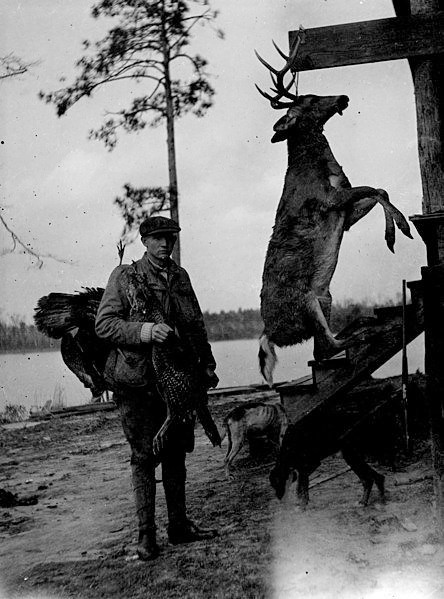
1930s hunter with turkeys and deer
They would slice the meat into steaks, season it and roll in flour for frying. Any pieces that were not large enough for steaks would be cubed, cooked and canned for later use in stews or gravy. With no electricity or refrigeration, my daddy, Little Brother told me they would pack the cooked meat into five gallon cans and cover it in lard to preserve it, or can it in jars. In cold weather, the deer could hang for days without spoiling, and with such a large family to feed, one deer would last them about a week. The turkeys and hogs were often skinned, cleaned and cut into pieces, then smoked and cured in the smokehouse for later use. The frogs and fish they caught were cleaned and cooked at once, or taken to the market in Newellton and sold right away.
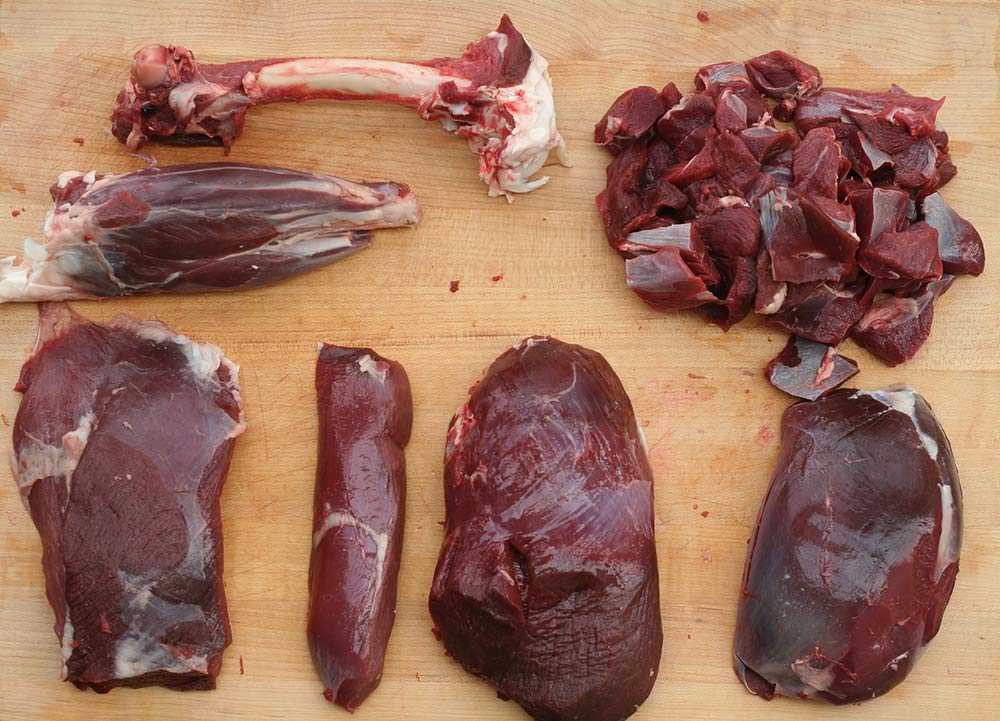
cut up venison 
cleaned wild turkey 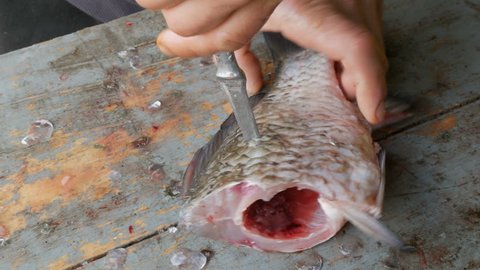
cleaning fish
Besides feeding the family with the meat that was killed, Jim and his boys were making money that they desperately needed for household items, clothes, medicine, guns, ammunition, fishing nets, fuel, and vehicles. There was also equipment to be maintained such as outboard motors, chain saws, tractors and trailers and other farm equipment. Vehicles like their 1930 Ford flatbed truck and 1929 Farmall tractor with iron wheels always needed repair, as well as their Evinrude Outboard Motor that they used daily.
Jim did most repairs himself, with the boys learning at his side, and taught them how to maintain the equipment and firearms. He and Etta Mae knitted their own nets and taught other family members how to do it as well. Most of his other fishing equipment was hand made by him, including dip nets, large live boxes that were eight feet square, and even a large wooden boat that they used for much of the hunting and fishing.
He had brought the specially made gar gigs mentioned in Jimmy’s book, with him from West Monroe, forged for him by a blacksmith there. The guns they used were also brought from West Monroe and included a double barrel shotgun that “would kill at both ends” because of how hard it kicked, according to Glen, the youngest son. Jim would give them three shotgun shells to go squirrel hunting, and they were expected to bring back three squirrels. They used the Stevens-Savage Model 70 pump 22 rifles that he and Etta Mae owned, a Remington Model 24 automatic 22 rifle that loaded through the stock, as well as Jim’s Model 94 30/30 rifle that was always by his side.
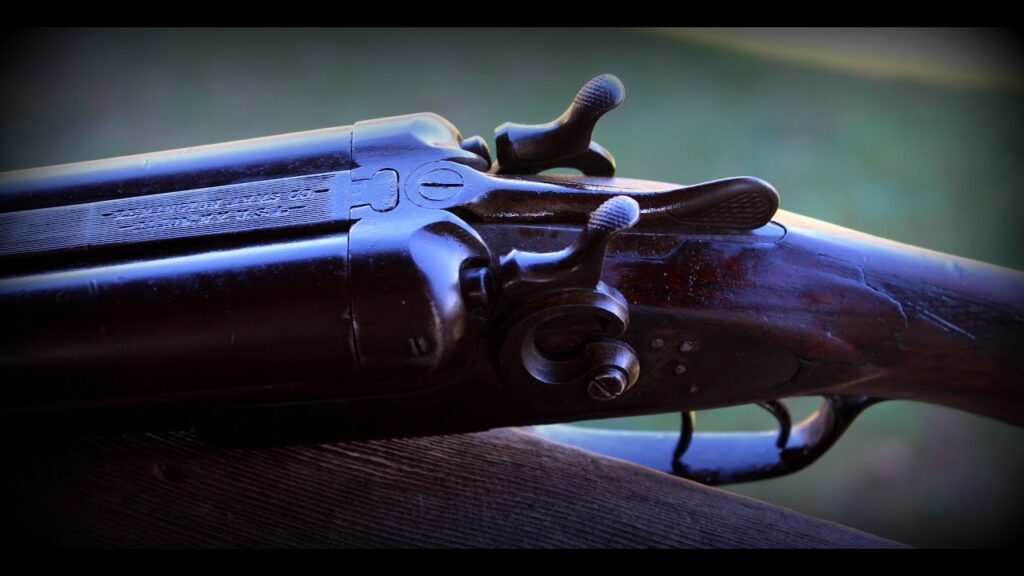
double barrel 12 gauge 
Model 94 30/30 
pump 22 
Remington Model 24

With the average wage for a man working as a laborer in 1935 at about two dollars per day, they could easily surpass that on a good night of frog hunting, when they would catch a hundred pounds or more and sell them for fourteen cents per pound, according to Jimmy’s book. Fur was in demand during the Depression and well stretched raccoon hides sold for ten to fifteen dollars each.(Whites County Historical) Jim would have a hundred or more hides at the end of trapping season, at first selling to local buyers, then later contacting buyers in St. Louis and Memphis who would come to Flowers Landing and pick up the hides. They caught hundreds of pounds of catfish, gar, and buffalo in the river and sold them for fifteen to twenty cents per pound, most of them at Hugo Jereslaw’s market in Newellton, or J. Salomon, or Barfield’s who also bought their furs.

Pictured are Henry Barfield, Roger Richmond, Ray Hickingbotham, and Bill Barfield in front of their market in the 1930s.
(photo courtesy of Kathy Barfield Gill)
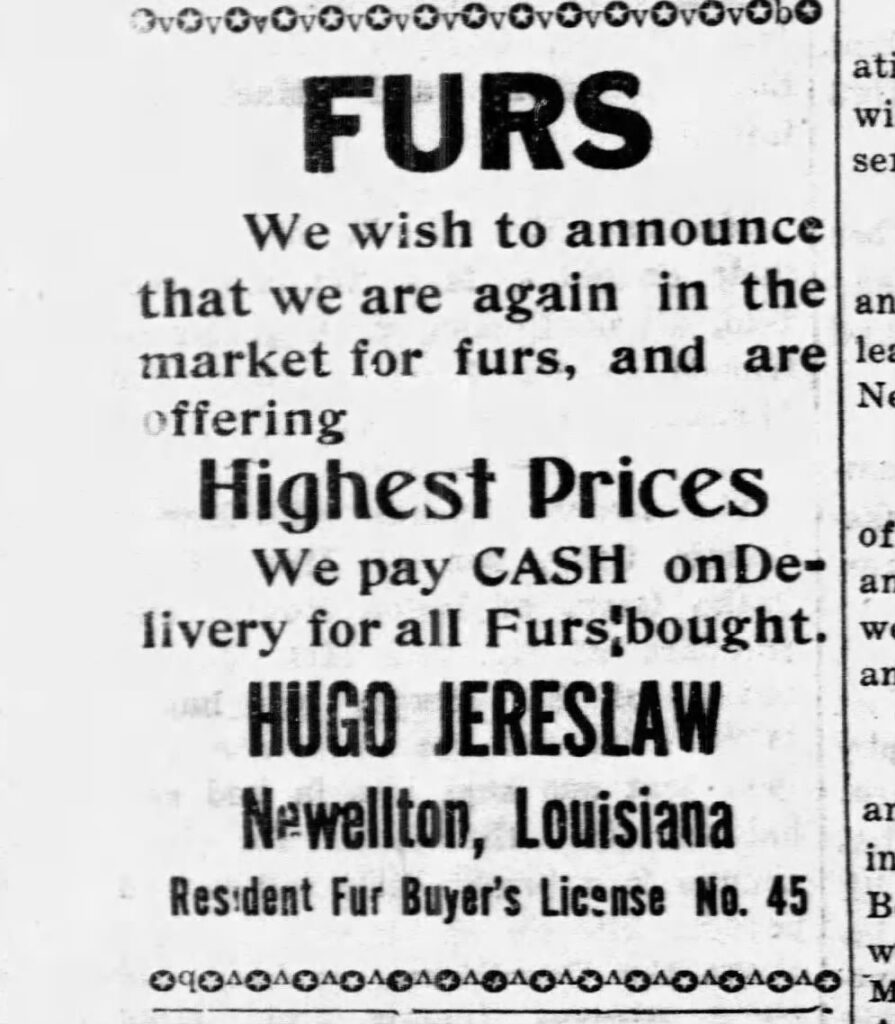

Newellton ice house 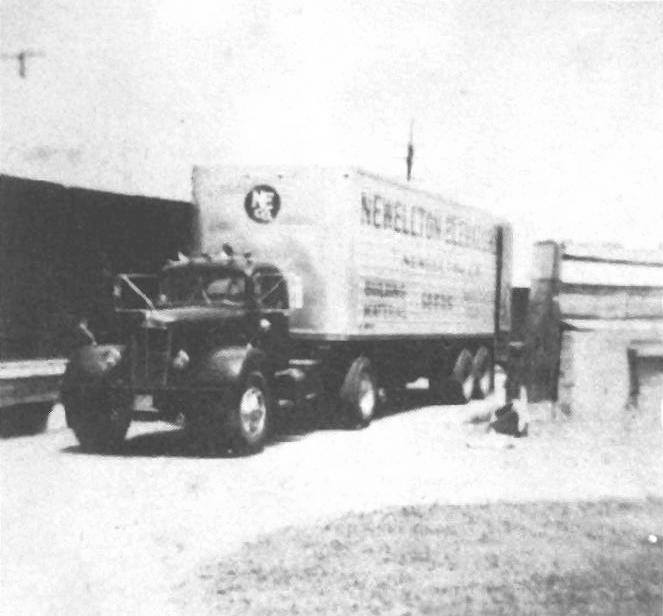
Newellton Elevator 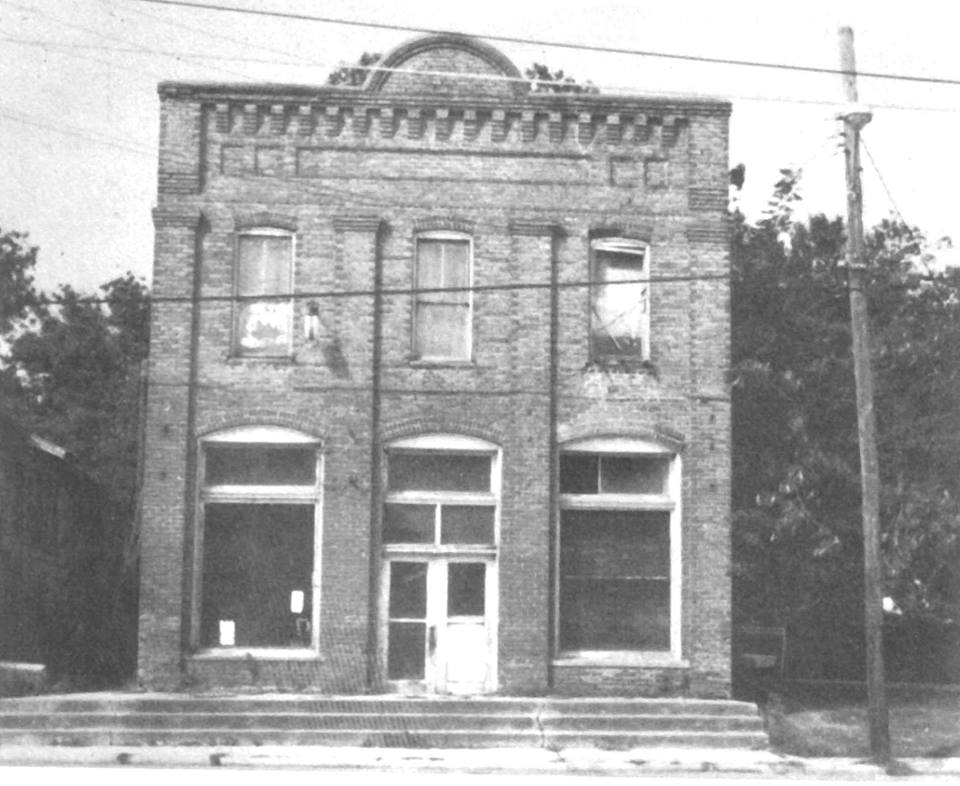
Service Novelty Bank 
train station 
Netterville’s store
The move to Flowers Landing had been difficult and risky, but was paying off for Jim and his family. Etta Mae could order clothes, shoes, and household items from the Sears and Roebuck catalog, as well as a battery operated radio for Jim, which gave them a link to the outside world. They could listen for about an hour and a half without recharging it when they tuned in to “The Grand Ole Opry” on Saturday nights, and sometimes “Amos and Andy”, and later “The Life of Luigi” along with the news. She also shopped at Roby’s Ready to Wear, L & M Devries, or Kullman Brothers in Newellton. Jim traveled to Jonesville to buy fishing net twine and other supplies from Champlin Net Company, and went to Monroe for outboard motor parts from Howard Griffin. Most of the farm supplies, guns and ammo was purchased in Newellton at Kaufman’s Hardware, or Newellton Elevator, and later Iley Gaar’s Feed and Seed. Medicine they needed was bought at Wilkerson Drug Store or Tensas Drug Store located on main street in Newellton, along with other stores including Cash Grocery, Hugo’s fish market, Babe’s Bar, and Right Place. (Tensas Gazette May 26,1939)
There was extra money to spend, something that Jim had not had since his moon shining days, and he began to invest it in land. The lumber companies began selling off land that they had cut the timber from, and Jim became friends with the land agent for Chicago Mill, who would let him know whenever a parcel of land was about to be released for sale. Tax sales were also common during the Depression, when land owners lost their land because they couldn’t pay the taxes. (The Tensas Gazette) Jim took advantage of this, and bought up land near Flowers Landing and along Tensas River as far up as McGill Bend and Sharkey Plantation. This gave him more land to farm, hunt and trap on legally, and harvest wood from for the sawmill he had set up on the banks of the river at Flowers Landing. Before he had the mill, he and the older boys had cut cross ties for the railroad by hand and hauled them to Somerset for sale. With the mill he was able to hire some of the local sharecroppers for the work.
Part of the land he bought up the river at McGill Bend, had a large grove of black locust trees, either springing up from where there was once a plantation field, or planted by Chicago Mill after cutting the timber. They were valuable as fence posts because of their strength and resistance to rot. Jim built a barge from logs and installed a Model A Ford motor on it with a hand rudder for steering. Men he hired to cut the fence posts camped out at McGill Bend until they had the barge fully loaded, then Jim drove the barge down the river to the lumber mill at Clayton, an all day trip. This gave him more money for farm equipment, seed, fuel, fencing, cattle, and land, his holdings totaling hundreds of acres at one time in Tensas and Madison Parish, until he was forced to sell much of it.
He expected a lot from the boys, even at a young age. In Jimmy’s book, My Family and the Tensas, he tells of a seven-day frog hunt Jim sent him and John A. on alone. “When I was ten years old, John A. was twelve and Oliver was sixteen, Dad sent us on a seven night frog hunt. We hunted Tensas River from Flowers Landing to Rafkin (Rathman) Mound and back to Tendal. We caught a lot of frogs and the next year he sent us back to do it again. This time he sent only John A. and I. I can tell you now, there was a lot of difference in John A. and I making this trip than it was when Oliver was with us. Without that third paddle we couldn’t make nearly as good a time. Besides that, Oliver was a grown man. He knew how to cook, lay out bedrolls, and put up mosquito nets for the best protection, and a hundred other things that John A. and I had never thought about. It is true, we had made the trip the year before and thought we knew exactly how to do it. (Remember I said “THOUGHT”).” He goes on to describe how they survived for seven days on flapjacks and cane syrup, except for some food a stranger gave them. Jim would meet them in certain places and pick up the frogs they caught, but brought them little more food.
Jim had a commanding presence, with a square head and kind eyes, but not overly affectionate. He was strict on the boys, expecting a full day of work from them at a young age, and even had Nita and Carrie helping with stretching hides, knitting nets, and working in the garden and fields. Prohibition had ended, and even though he had cut back on his drinking, he was no one to be crossed, even when sober. His strength and temper were well-known in the area, and lesser men would step aside when they met him on the streets or in the saloons at Newellton, not wanting to tangle with him.
Tensions between him and the older boys began to grow, as money was coming in, but they felt they weren’t getting a large enough share for all the hard work they were doing, partly because of Jim’s appetite for buying land. As Jan put it, “We were very poor, but we had lots of land.” He and O.D. clashed often resulting in O.D. leaving home by 1935.
The following paragraph from Jimmy’s book, My Family and the Tensas sums up how Oliver and Derwood were feeling after O.D. had left , and Nita had married. When they came home for Christmas, they applied to work at the Civilian Conservation Corps, a depression era relief program for young unmarried men. “On the way down the river they reflected on the winter’s trapping. It had been a hard grueling winter. First, there was the forty-five days they spent at the tiny little camp at Republican Bayou without seeing a single person except John A. and me when we took them food and picked up their fur. The cold rain and sometimes sleet and freezing rain and the long trap-lines had just about taken its toll on them by the time they went home for Christmas. Then there were the three days they stayed with the rats at Singer Shack and the three weeks they stayed at the camp on Big Board. All of this time they ran long trap-lines seven days a week. It had been a hard winter. Derwood asked Oliver if he thought he would like the C.C.C.’s. Oliver said “It will beat the hell out of trapping.”
By 1940, Nita had married, O.D. had left home, and Derwood, Oliver, Carrie Mae, John A., and Jimmy were soon to follow. Even though Jim had not paid more than twenty-five dollars per acre for any of the land he bought, he had to pay taxes on it every year. He sold off some, and started giving forty acres to any of his kids that wanted to stay in the area. Nita and Johnny White, her husband, had forty acres near Flowers Landing that they cleared with mules and farmed, and the house they built there stands today. He gave Derwood forty acres at Hunter’s Bend, and John A. and Jimmy eighty acres there together. By then he had about two hundred acres of land cleared for farming near Flowers Landing and part of it fenced for cows. He also ran cows in the woods across the river, which was allowed under the free-range laws at the time.
Farming was not his favorite, so of course, he continued to hunt, fish and trap, relying on the younger boys, Tut and Charles to help out with the farm. The primitive conditions of their house, no running water, or electricity, and the daily hard work affected the older girls the most, causing them to look for an escape as soon as they were old enough.
Be strong and courageous; do not be frightened or dismayed, for the Lord your God is with you wherever you go.
Joshua 1:9
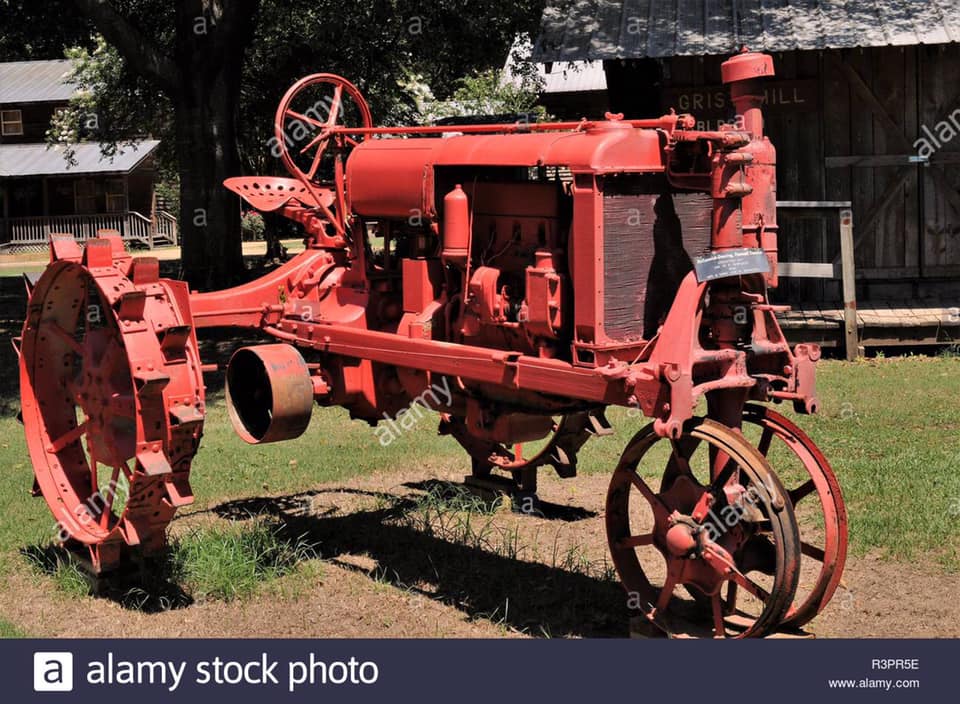
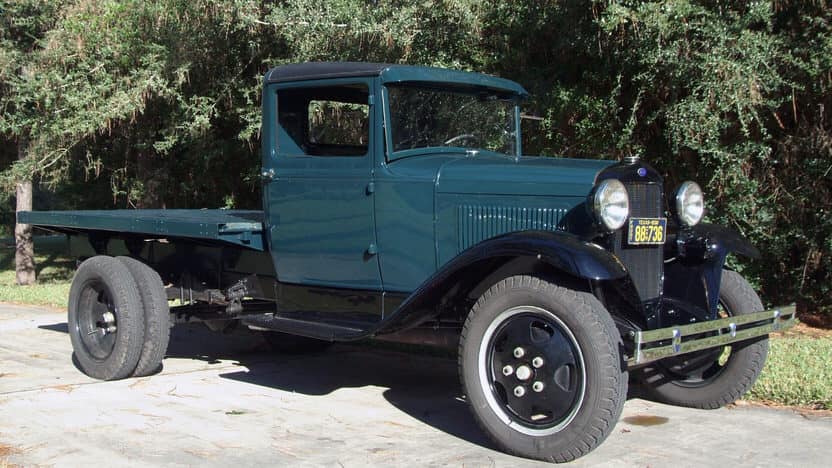
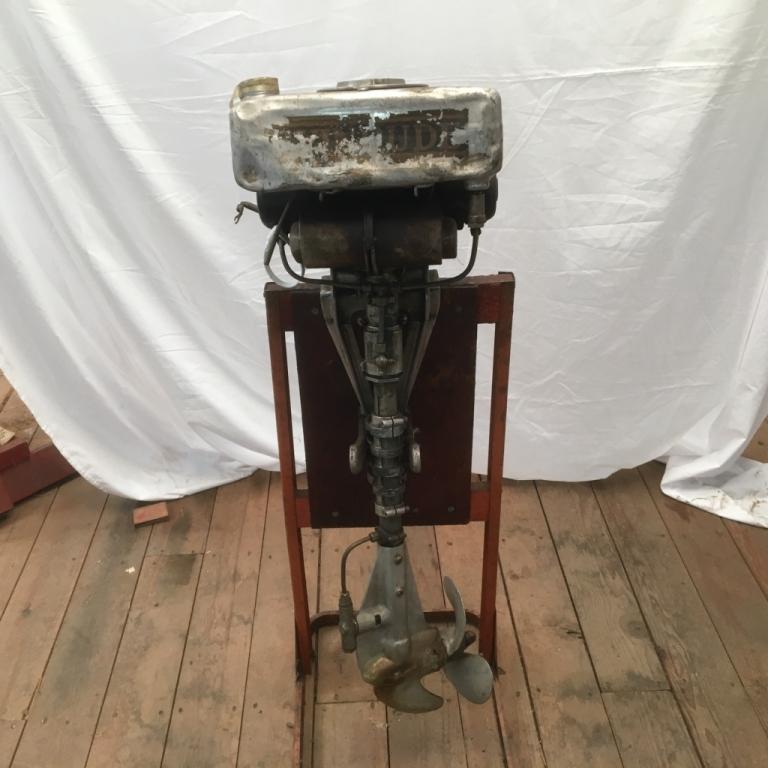
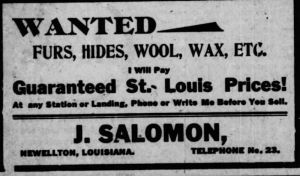
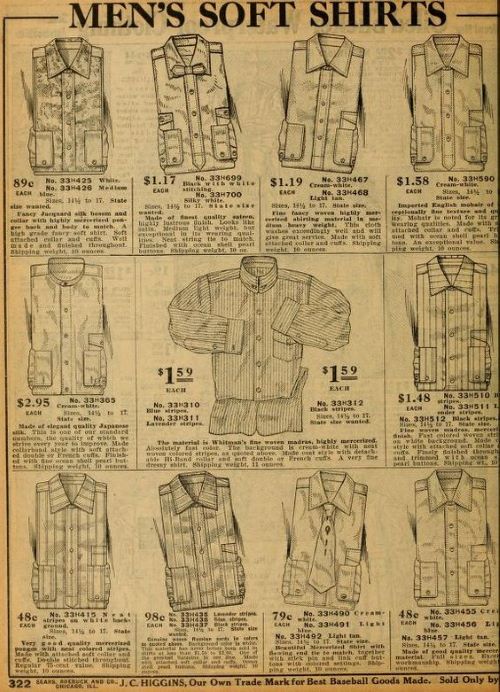
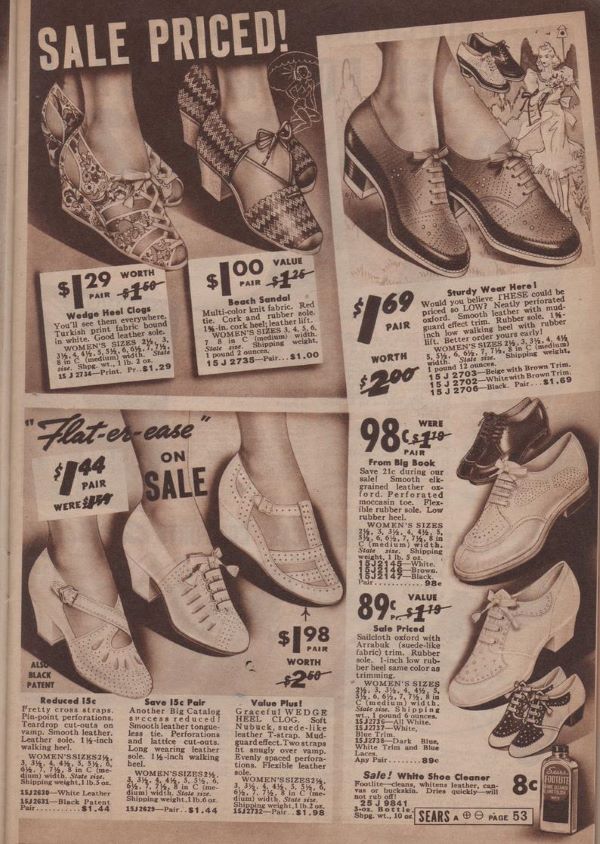
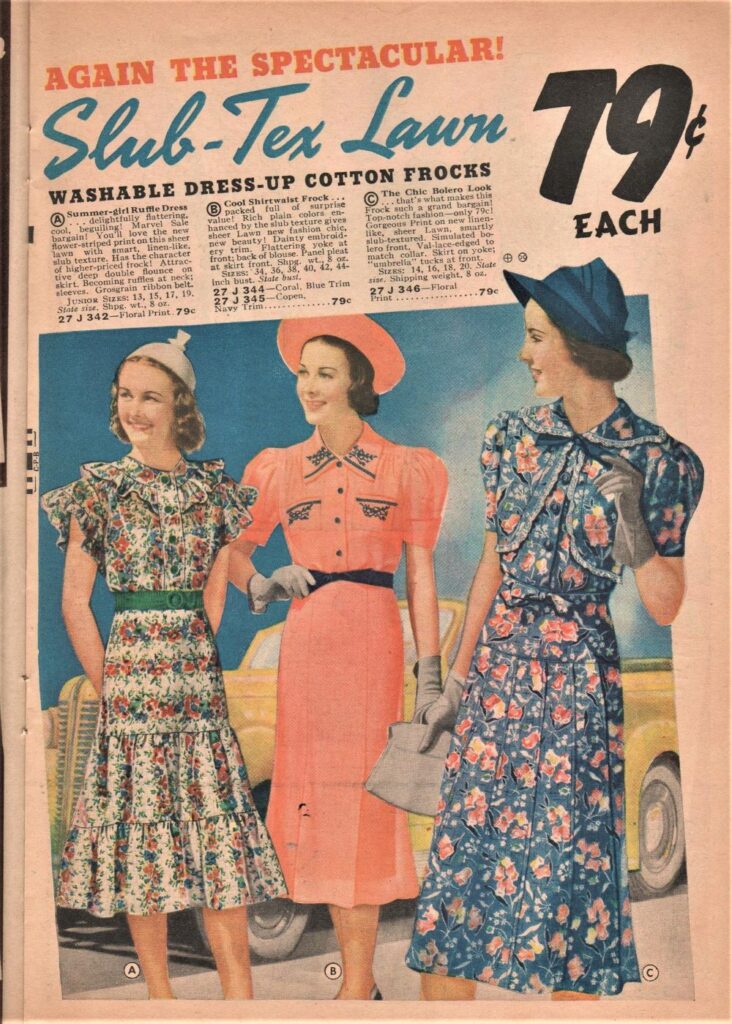
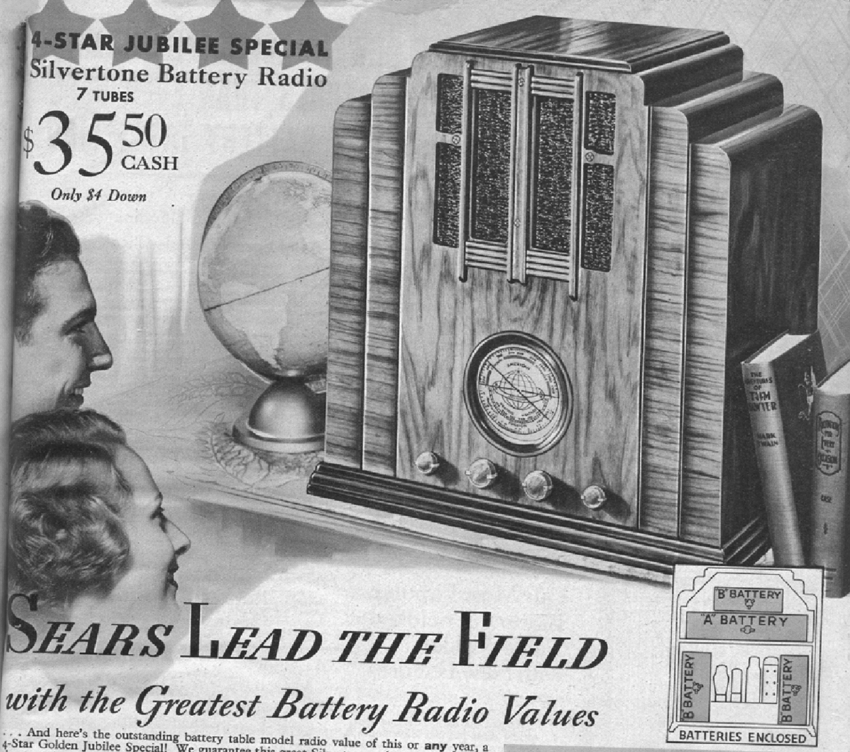
I really enjoyed reading this, through the years I’ve only heard bits and pieces of our family’s history. I’ll be looking forward to your next installment. Thanks Aunt Rosey.
Enjoyed reading the last two chapters. They
are also great. Keep up the good work!
Really enjoying this Rosemary! Great job!
I’ve seen a copy of the Netterville Store photo with the man in hat & suspenders as my Grandfather, Joe May, Sr. Only photo I have ever seen of him.